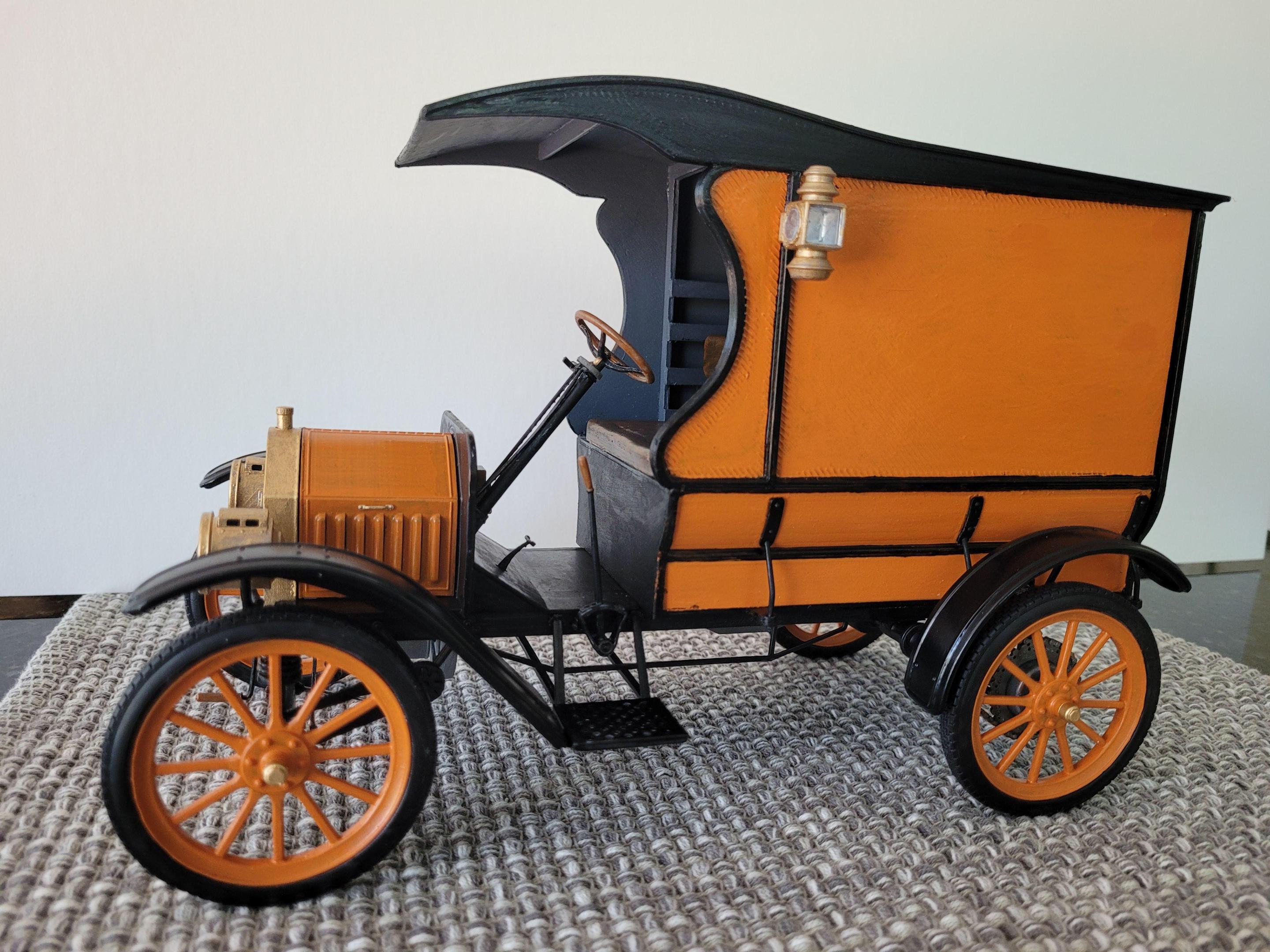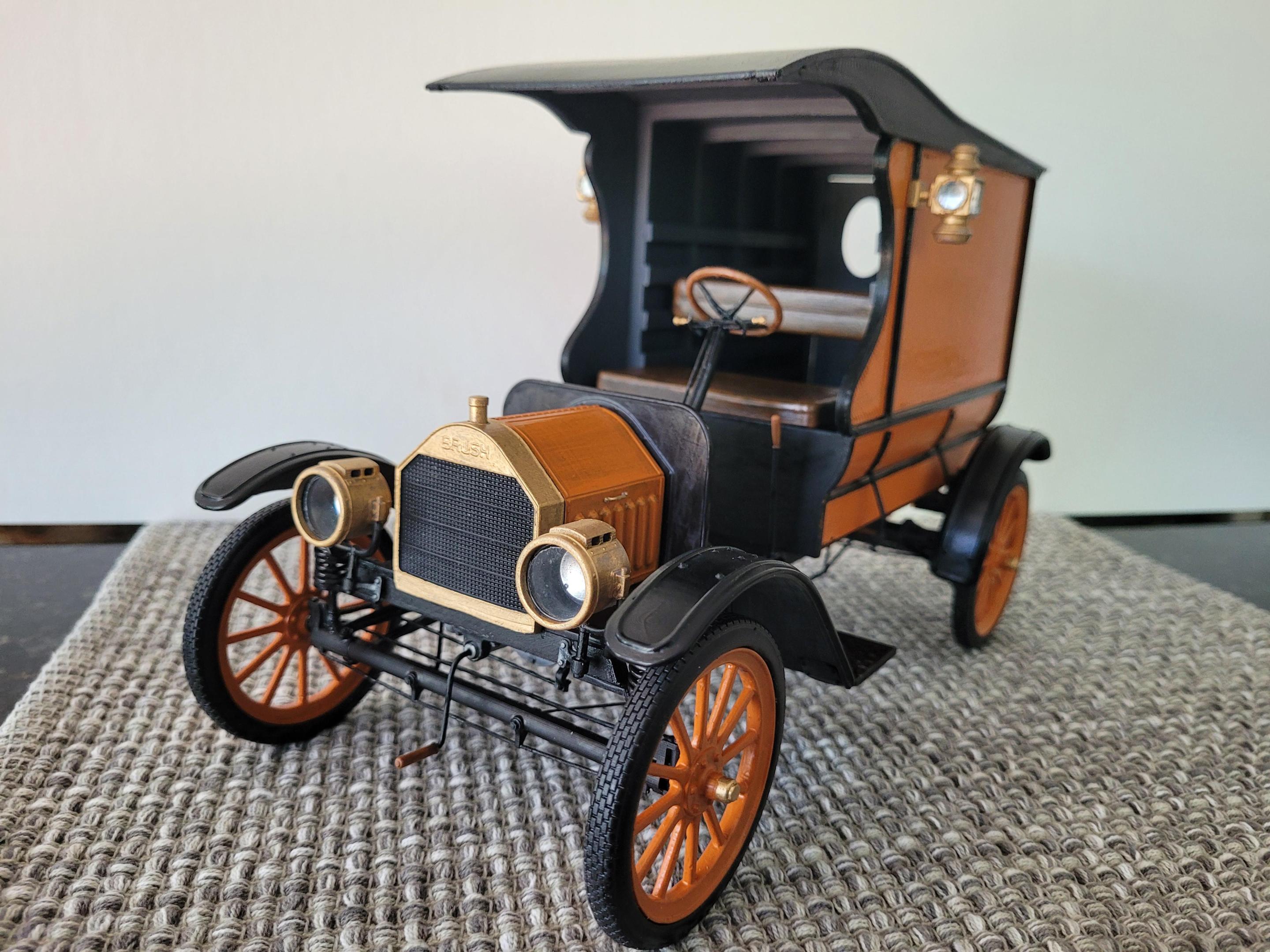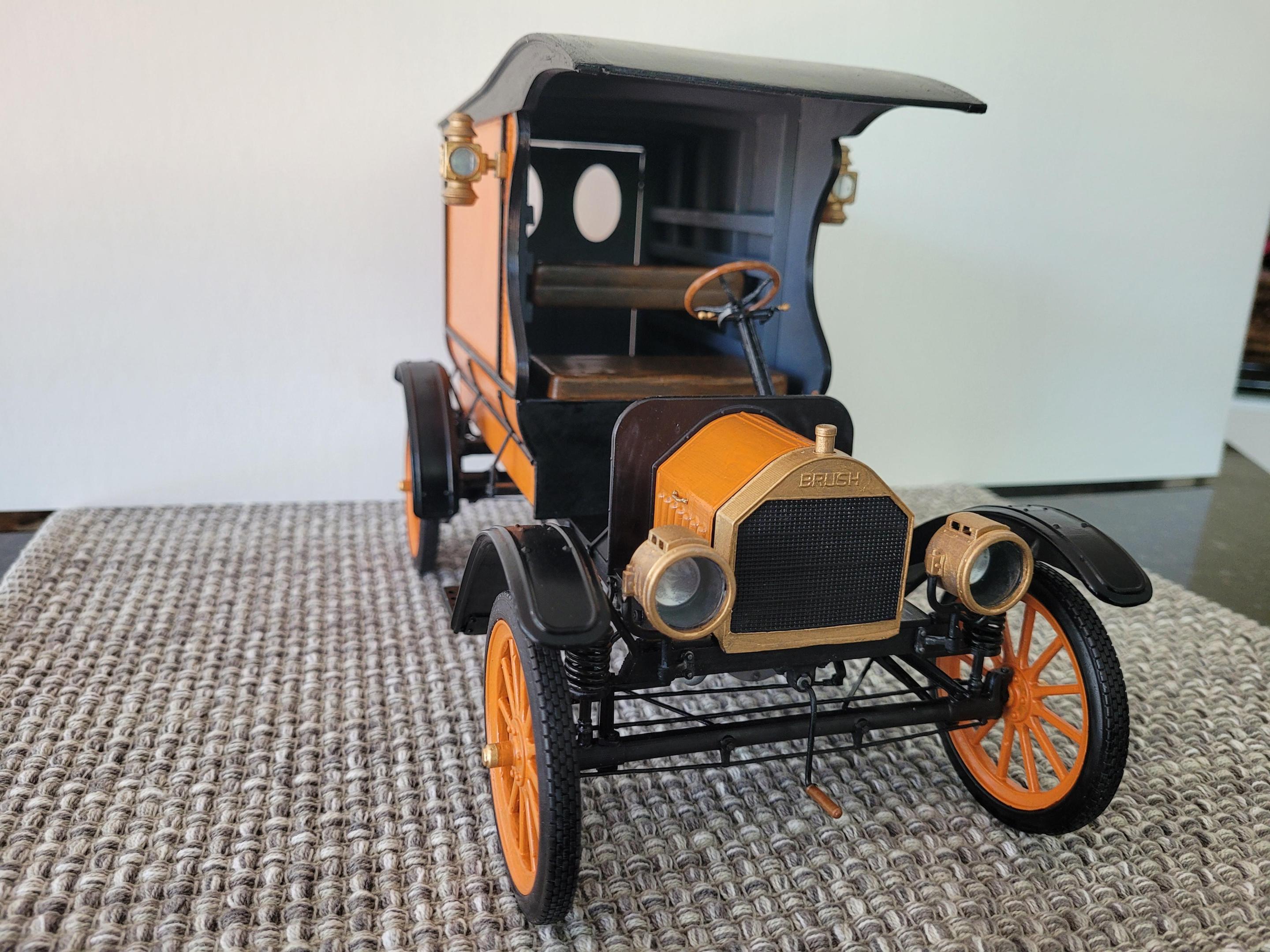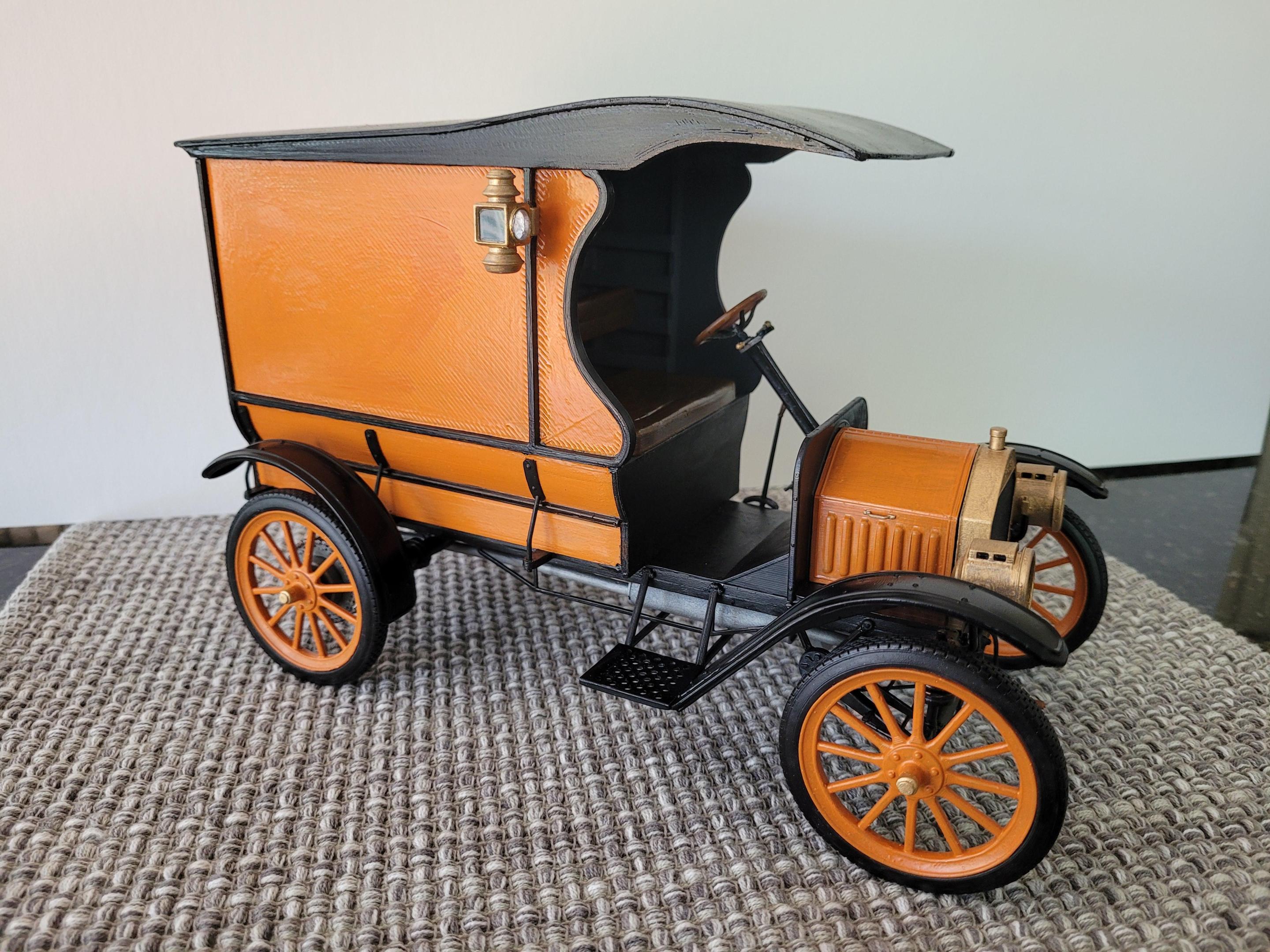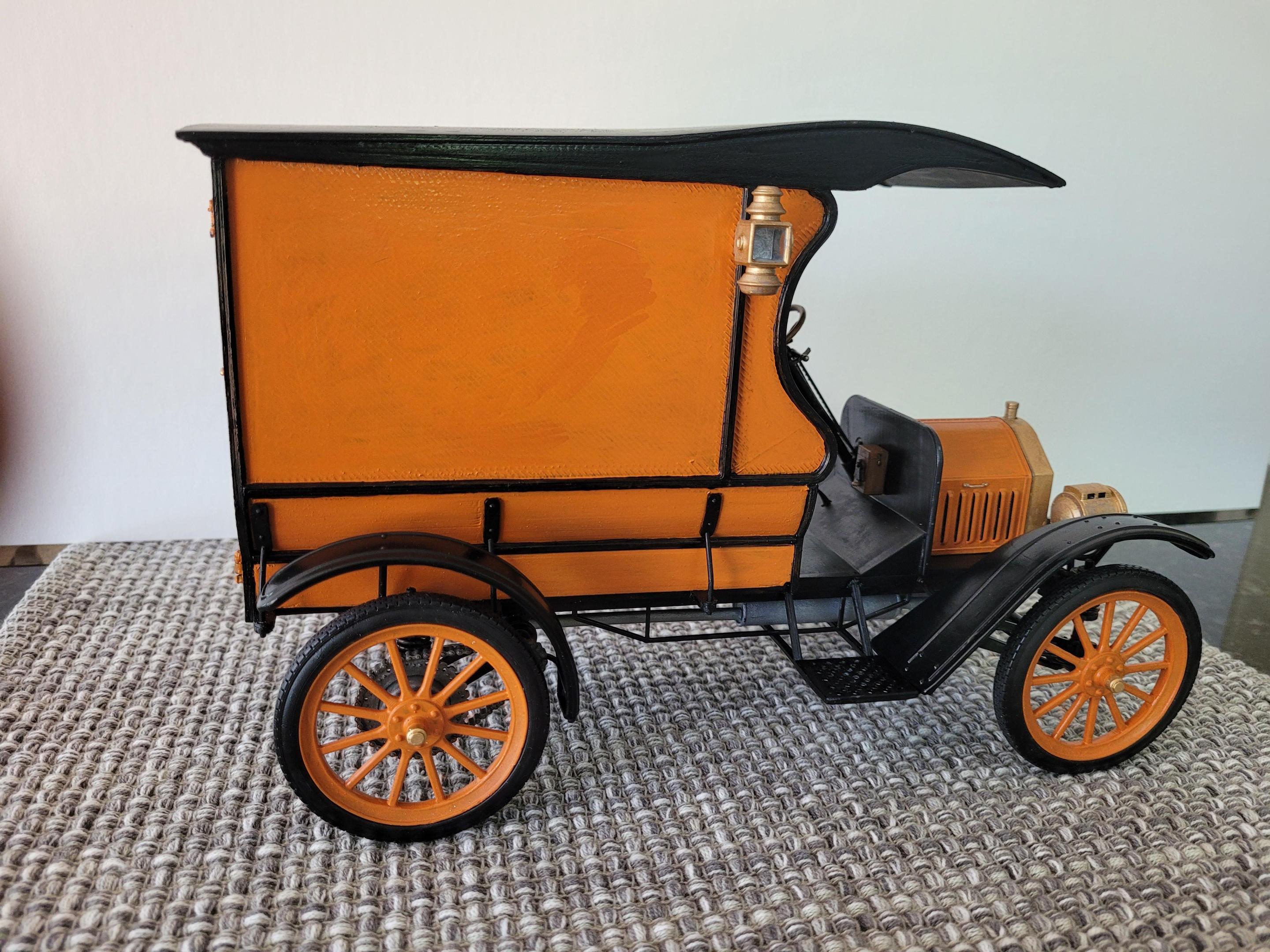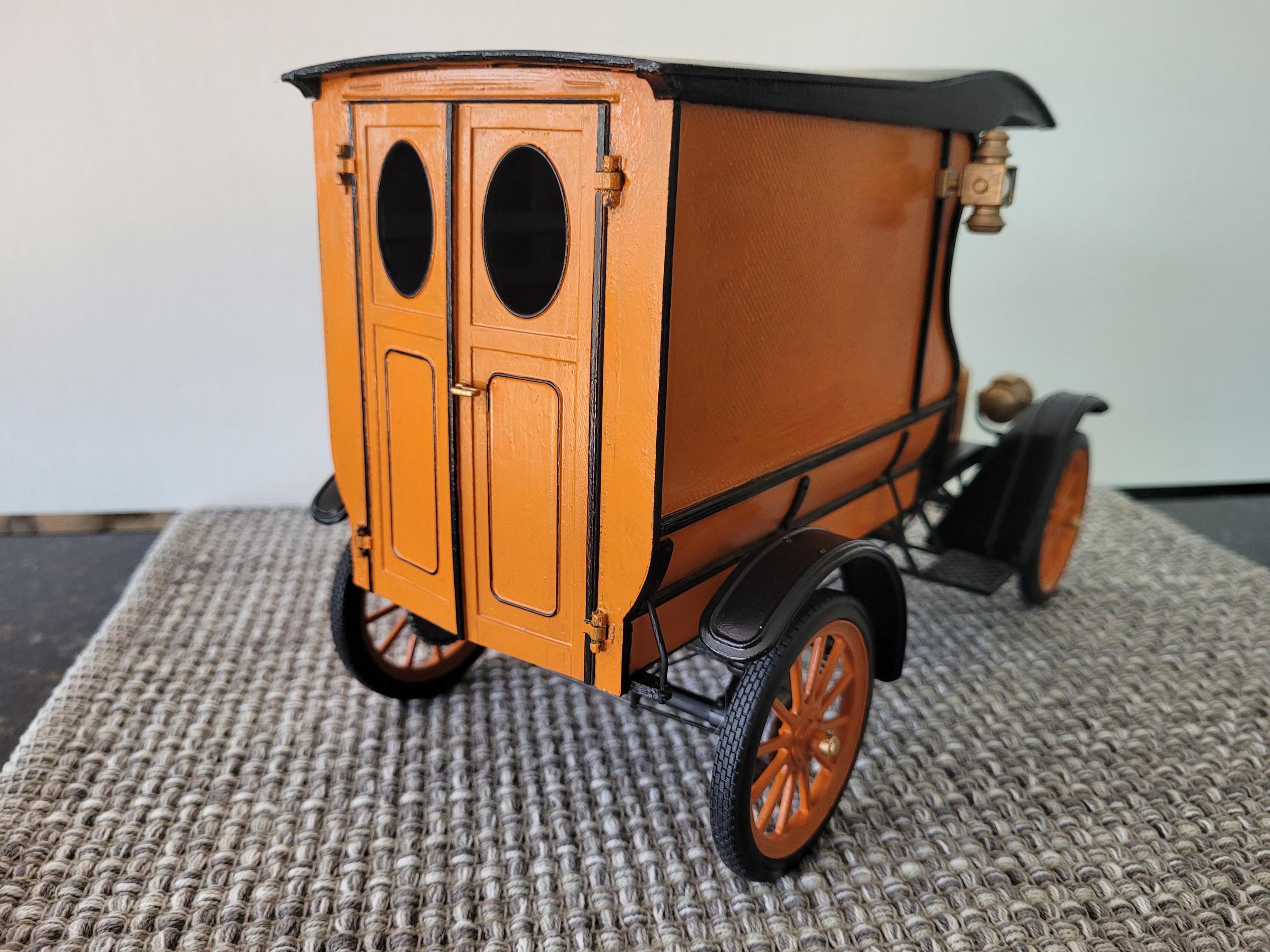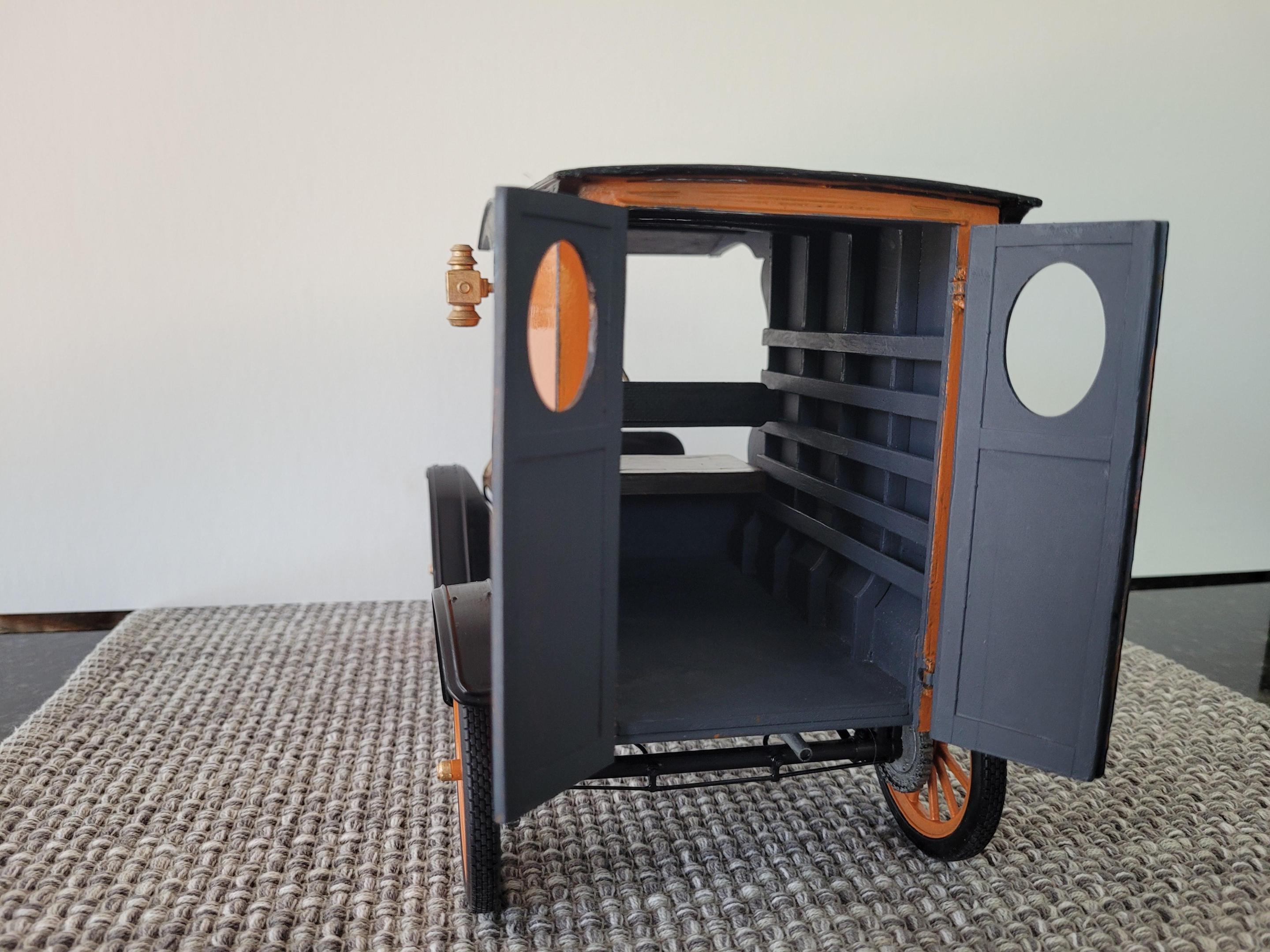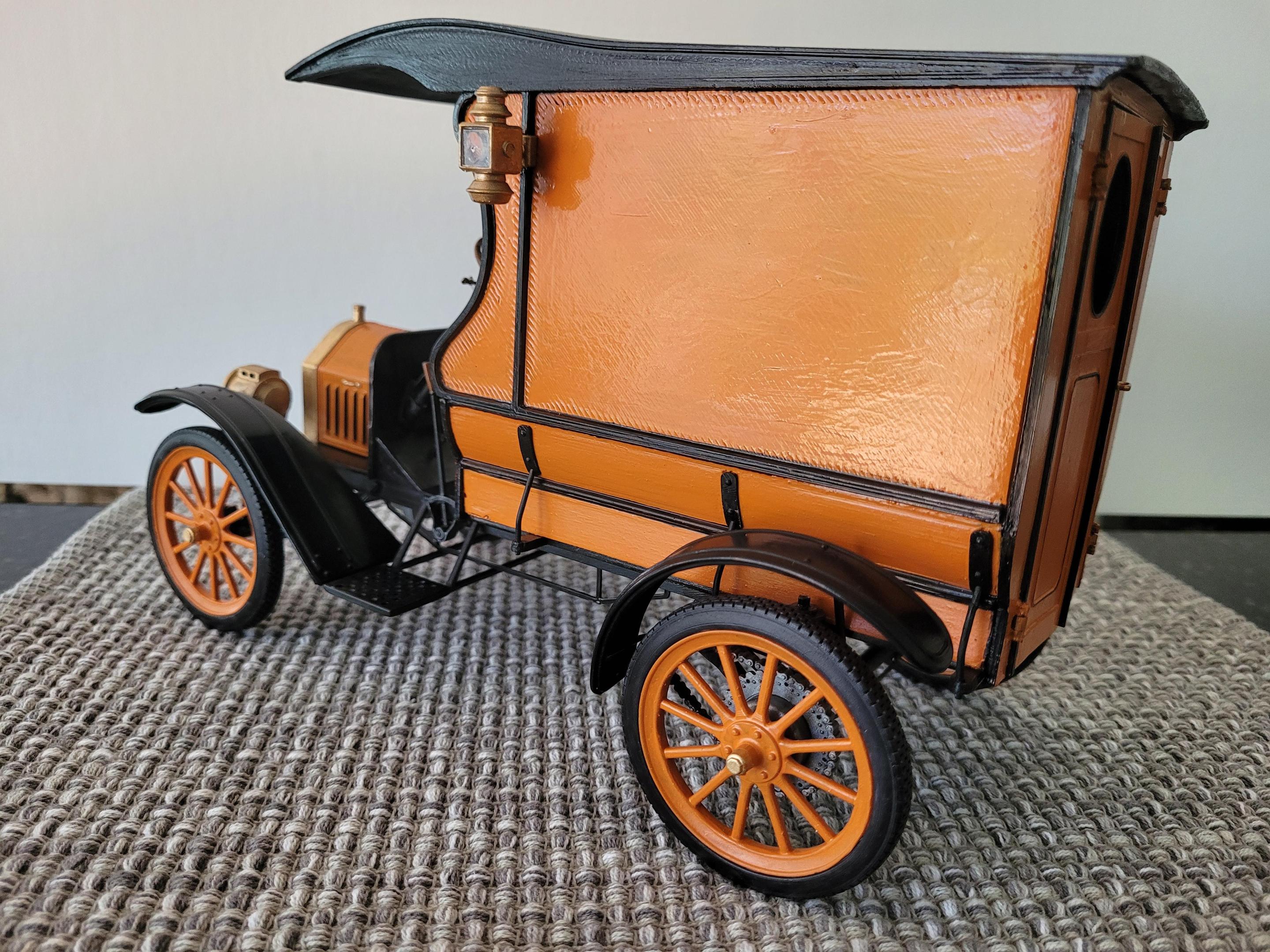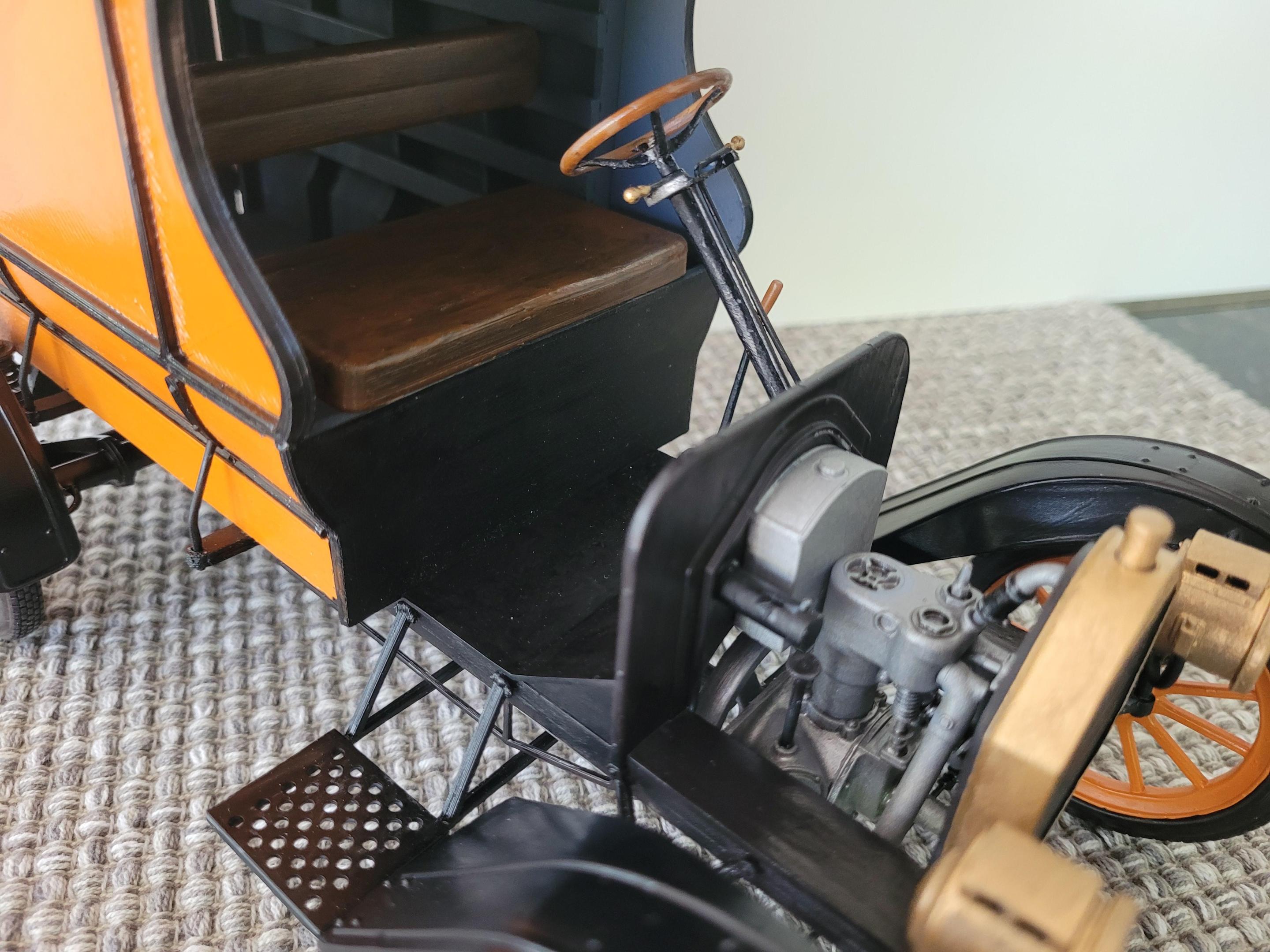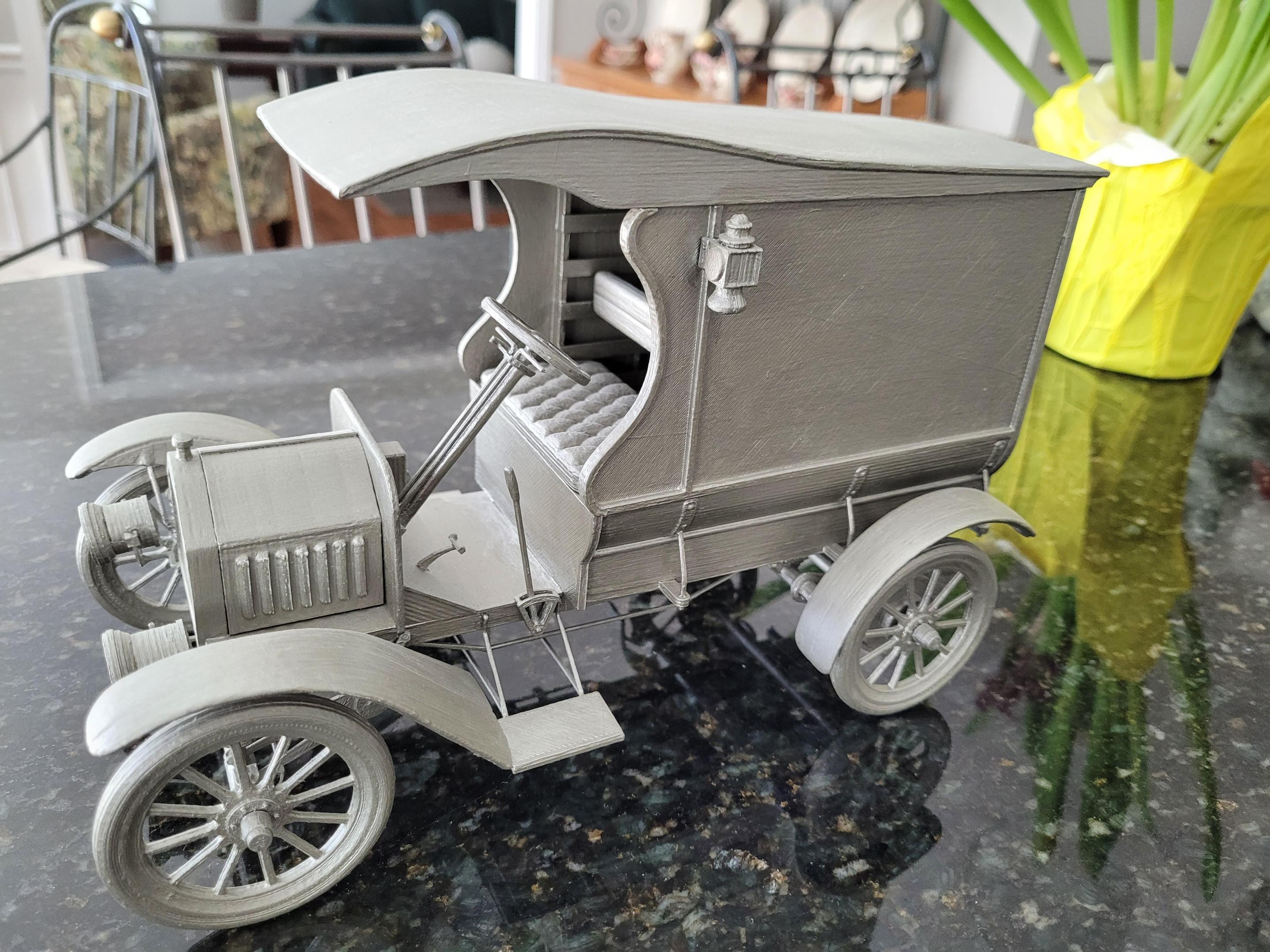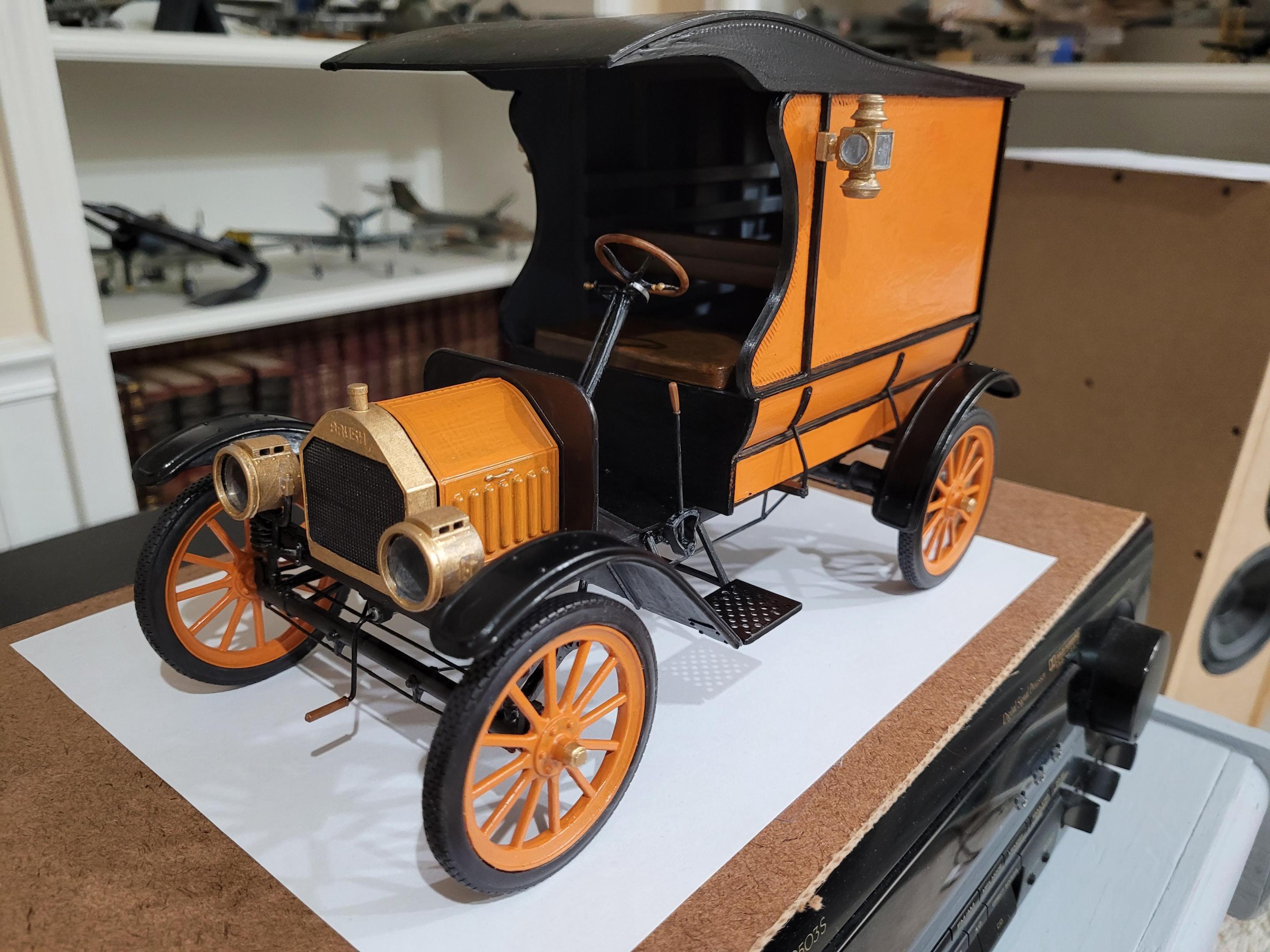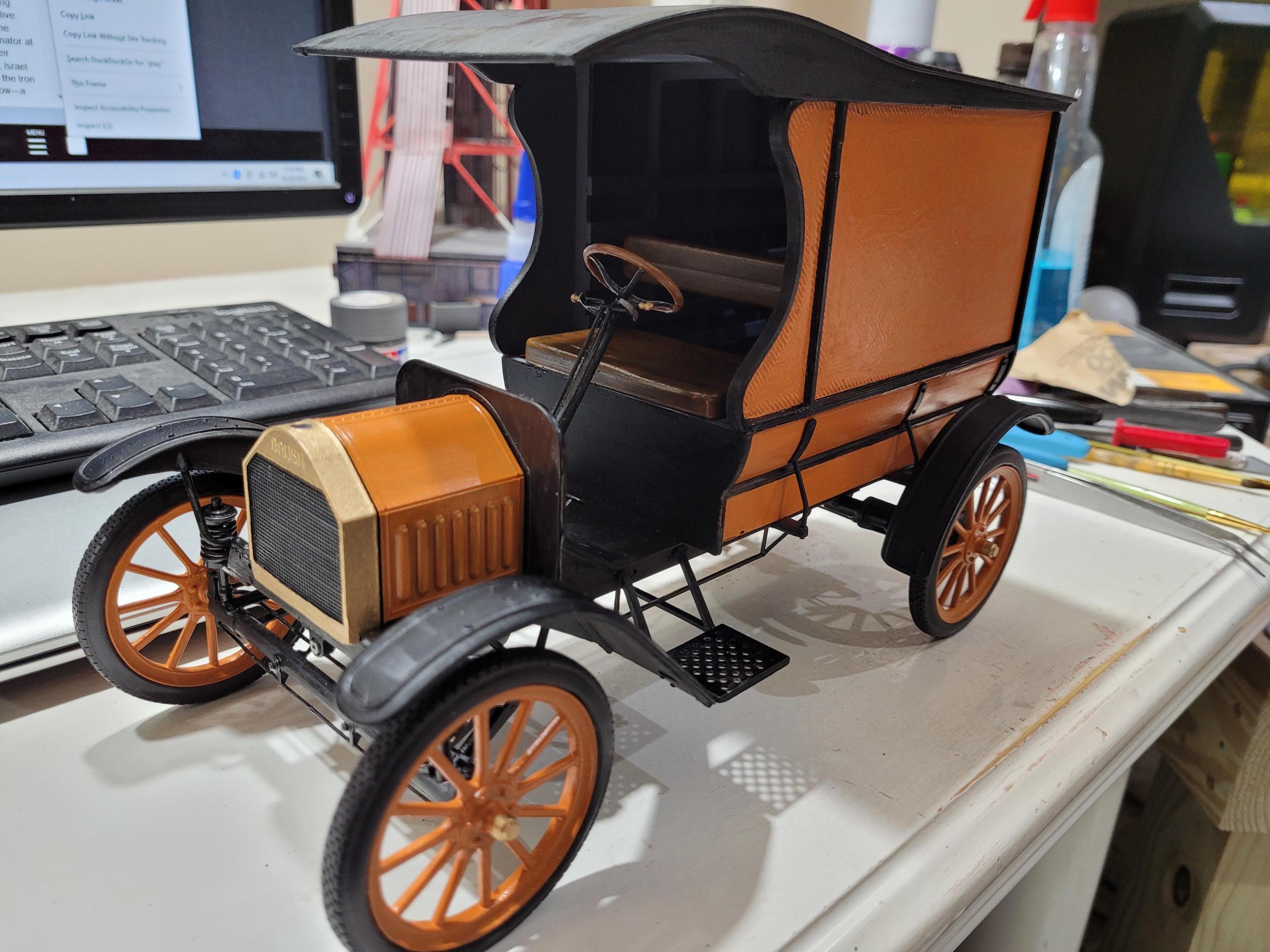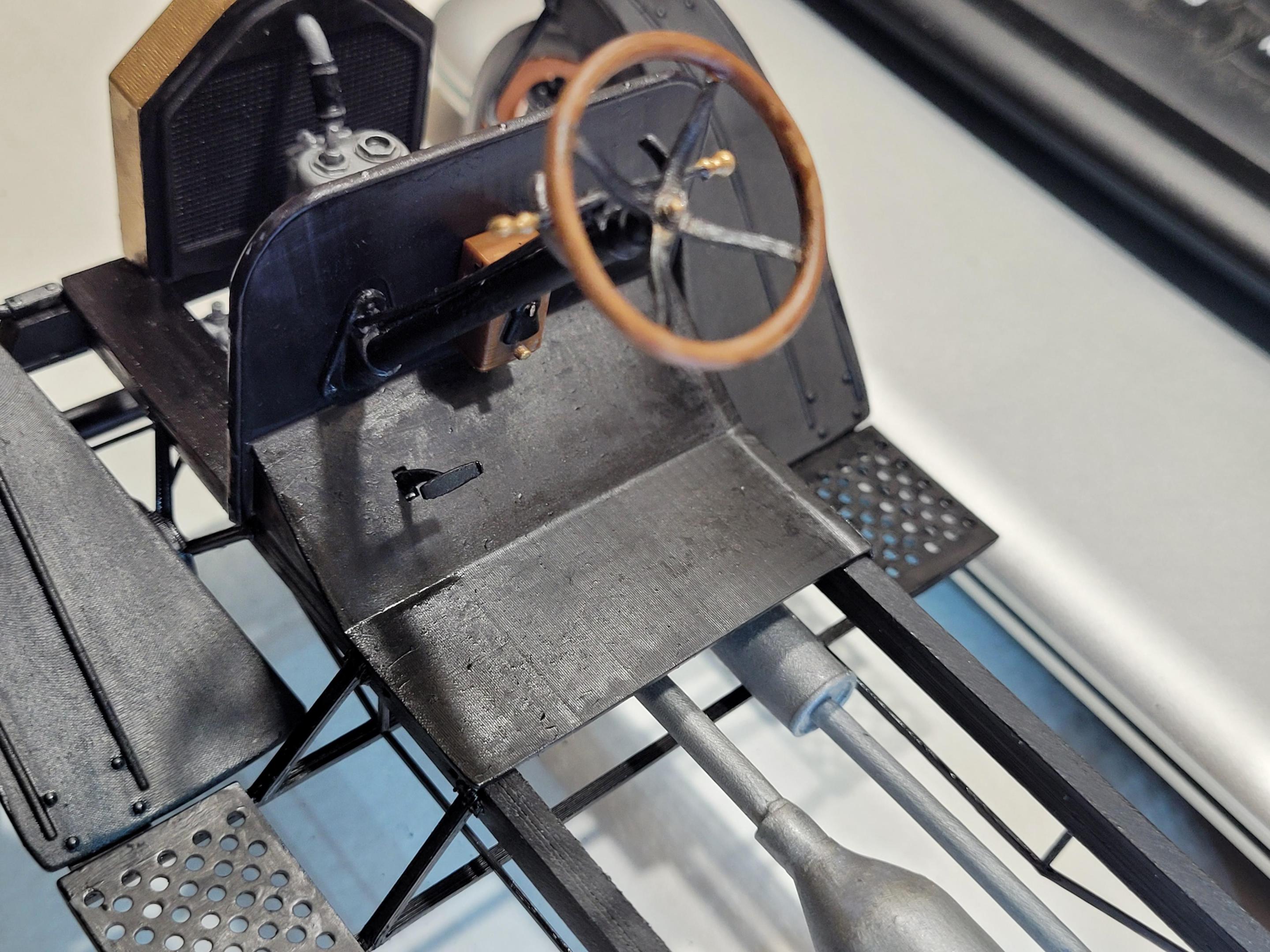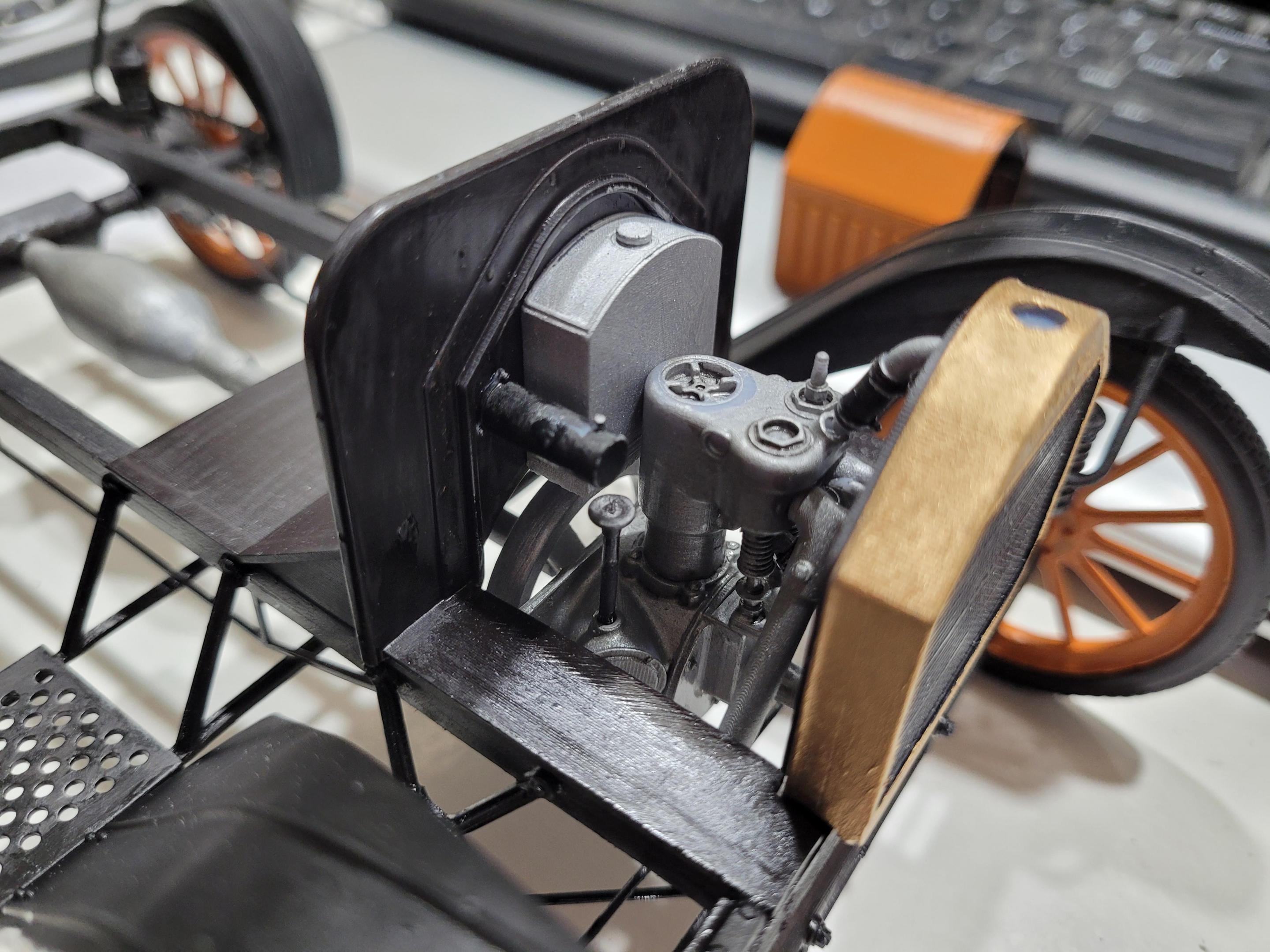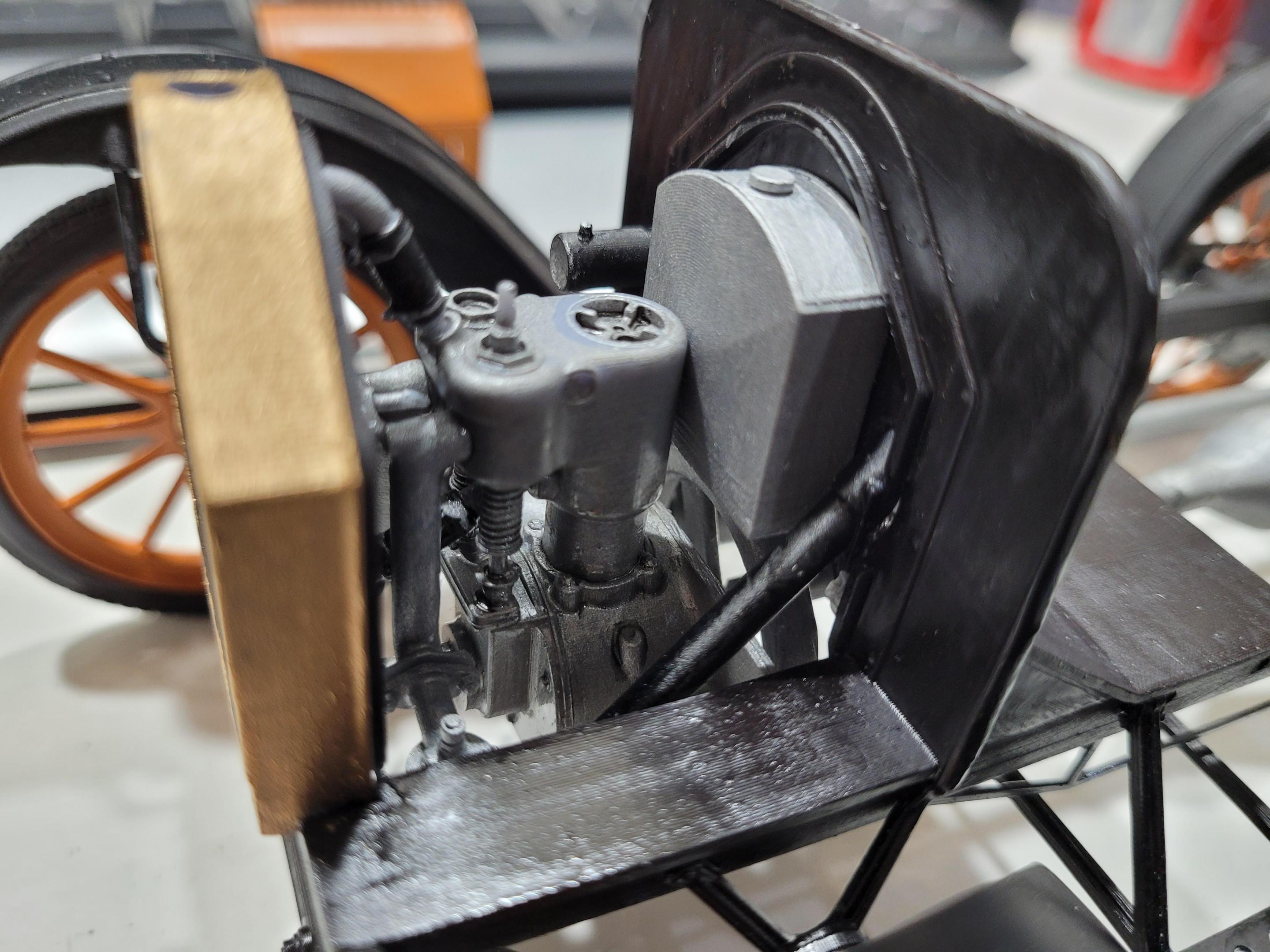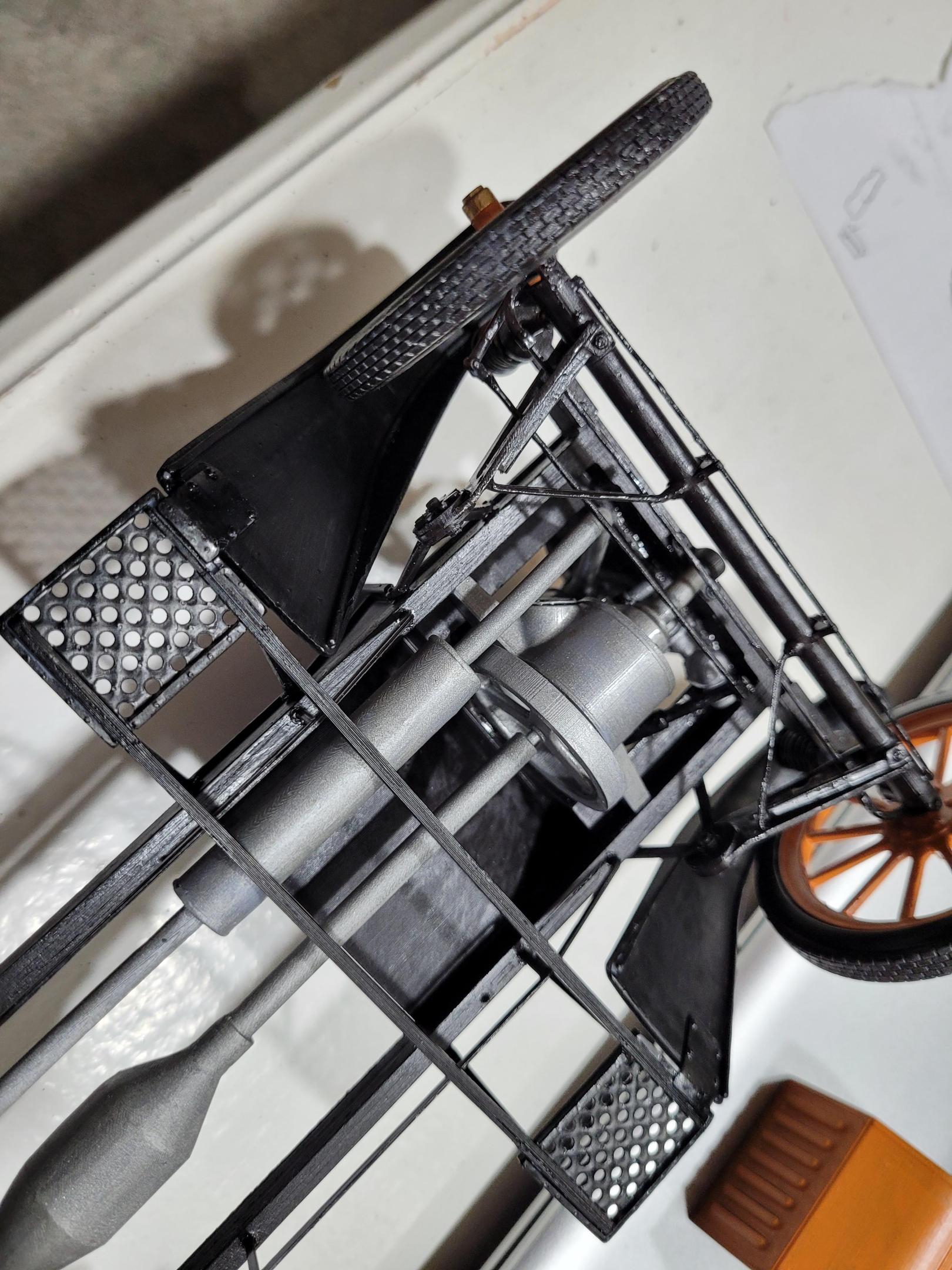
kenlwest
Members-
Posts
258 -
Joined
-
Last visited
Content Type
Profiles
Forums
Events
Gallery
Everything posted by kenlwest
-
Dave, the original drawing was 1/16, but both printed models are 1/12 scale.
-
This was a redesign and rebuild of a 3d model that I transcribed into CAD from an old Hudson Miniatures model plan from 1949. For comparison, the last picture is the original built several years ago, and the rest of the pics are of the significantly improved version I just completed.

